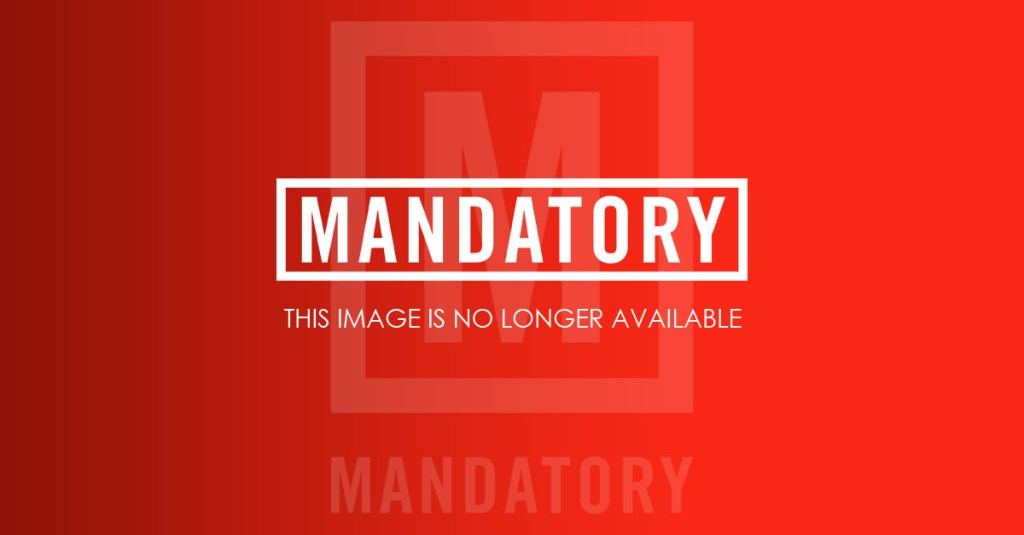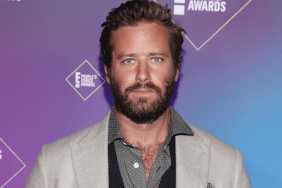Photo: Columbia Pictures
Have you ever found yourself browsing around a movie store and caught your eye on the fact that one of your favorite hit movies quietly became a trilogy? Of course not, movie stores don’t exist. But whether a B-movie prequel, direct-to-video sequel or a loosely themed trilogy by your favorite director, there are plenty of trilogies hiding under your nose you may not be aware of.
With childhood favorites like Home Alone and Beethoven that were milked until the teets were sucked dry by the mouth of Hollywood with countless installments, as well as hit directors like Quentin Tarantino and the Coen Brothers dropping recurring themes in our laps, we’re finding a boatload of trilogies that have been hiding out. You thought Cruel Intentions was just one movie, didn’t you? Well, you’d be dead wrong.
Follow along our pretty little slideshow and see all the hit movies that quietly became trilogies, though they may have no made any money, they did Hollywood’s bidding in an attempt to spoil a good memory, while others were cleverly hidden by unrelated titles that stream together beautifully. Now, read!
Hit Movies That Quietly Became a Trilogy Hiding Under Your Nose
Now try this for some good reading: It’s Been 10 Years Since ‘Super Bad’ and Nothing But Super Bad Comedies Since
Quiet Trilogies
-
"Cruel Intentions"

Photo: Columbia Pictures
One of our favorite New York '90s teen dramas with Ryan Phillippe and Reese Witherspoon was immediately followed by a B-movie in 2000 with a different cast reprising the roles for a failed prequel. In 2004, a third movie was added that almost nobody knows about (as far as we know).
-
"Beethoven"

Photo: Universal Studios
We loved the first, timeless classic St. Bernard family dog movie, and we adored the follow-up Beethoven's 2nd, though clearly a sequel. The rest of the litter wasn't for most people, all direct to video, which includes seven additional movies (Beethoven's 3rd, 4th, 5th) and an animated series. The last three films were Beethoven's Big Break, Christmas Adventure and Treasure Trail.
-
"Platoon"

Photo: Orion Pictures
Though it may not be as connected as most trilogies, Platoon is the first of three Oliver Stone Vietnam-related films in 1986. Born on the Fourth of July followed in 1989 and was rounded out by 1993's Heaven and Earth.
-
"Home Alone"

Photo: 20th Century Fox
Home Alone 3 was the first to not feature Macaulay Culkin, but they didn't stop there. The third film starred Alex Pruitt as another 8-year-old Chicago boy, but the fourth installment brought in a third boy to play Kevin McAllister and reprise the roles of the other roles from the original. A fifth film was a TV movie starring a little girl in the lead.
-
"Before Sunrise"

Photo: Columbia Pictures
The 1995 Ethan Hawke and Julie Delpy indie romance followed up with its sequel in 2004 with Before Sunset, but many don't know the couple filmed the end of the trilogy in 2013 at Sundance with Before Midnight.
-
"O Brother, Where Art Thou"

Photo: Buena Vista Pictures
Another loose trilogy belongs to the Coen Brothers, whose idiot trilogy starring George Clooney, connects good writing and ridiculous nonrecurring roles. "O Brother" in 2000 was followed by Intolerable Cruelty in 2003 and Burn After Reading in 2008.
-
"21 Grams"

Photo: Focus Features
Alejandro Gonzalez Iñárritu gave us his Trilogy of Death across a six-year period, which includes the popular 21 Grams, starring Benicio del Toro and Sean Penn. The movie was prefaced by a lesser known Amores perros in 2000 and 2006's Babel, starring Brad Pitt.
-
"Romeo + Juliet"

Photo: 20th Century Fox
Baz Luhrmann hasn't released much, but what is sometimes referred to as his Red Curtain Trilogy started with 1992's Strictly Ballroom and ends with 2001's Moulin Rouge. Romeo + Juliet was Baz's big hit in 1996 with Leo, which eventually led to the two rekindling in 2013 with The Great Gatsby.
-
"Inglorious Basterds"

Photo: Weinstein Company
Quentin Tarantino's films all have a common through line, being that they're all blood baths. But his way of tweaking historical events, including war and racism, is a focal point of another loose trilogy with his last three films: Inglorious Basterds (2009), Django Unchained (2012) and The Hateful Eight (2015).
-
"The Thing"

Photo: Universal Pictures
Though many may not realize it, John Carpenter refers to his 12-year horror span (starting with The Thing in 1982 and ending with In the Mouth of Madness in 1994) as his Apocalypse Trilogy.




